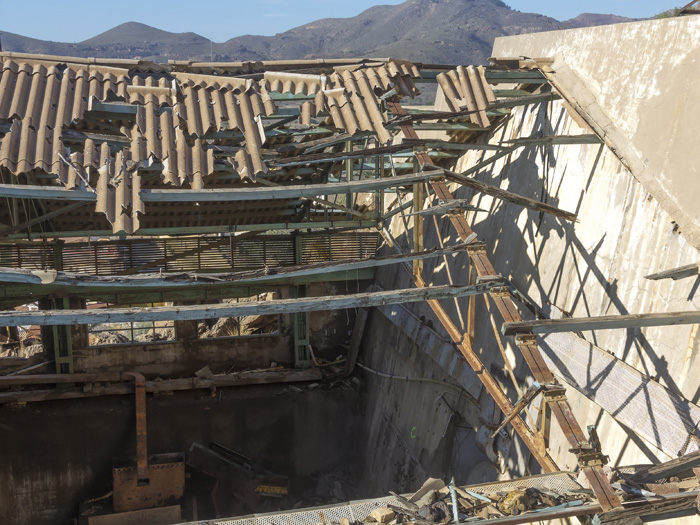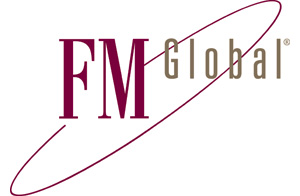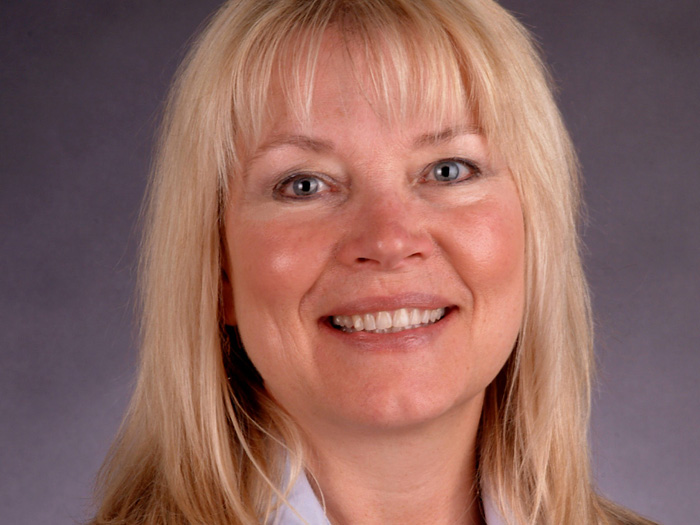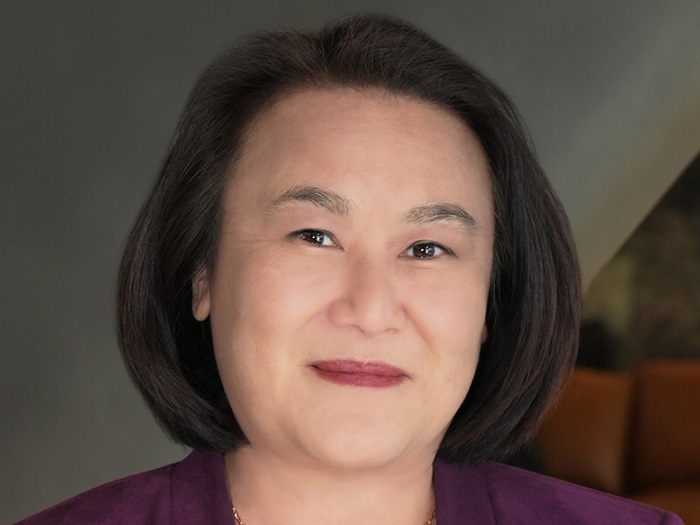Risk Scenario
Caught Out
Disclaimer: The events depicted in this scenario are fictitious. Any similarity to any corporation or person, living or dead, is merely coincidental.
Good Morning Shah Alam
From his perspective in the third row, John Treme could make out the colorful costumes and motions of the dancers below him.

Treme, the risk manager for Vitalex, a pharmaceutical manufacturer based in Pennsylvania, was attending a performance of Joget Lambak, a traditional dance of Malaysia. The occasion was the grand opening of a Vitalex factory in Shah Alam, one of Malaysia’s manufacturing cities.
Normally, Treme wouldn’t be at an event like this. But he’d been conducting some business with a local insurance partner and happened to be in country on the event date: In other words, the timing was right for him to get a ticket.
Treme might’ve been feeling kind of lucky — but he didn’t.
To a focused, open observer, the movements of the assembled dancers and the music of their accompanying musicians were mesmerizing. John Treme, however, was a man easily distracted by his vivid imagination, combined with a razor-sharp memory that wouldn’t leave him alone.
As Treme watched the dancers, a strong, steady breeze, laden with moisture, passed through the performance space.
“Breeze … storm … tropical storm … typhoon.” Treme’s overactive mind skipped through the severity escalations unbidden. It was just what his brain did.
His brain also harassed him with the memory of his instructions from treasury when he’d been sent to bind the property coverage for the factory in Shah Alam.
“Just get us some basic property coverage with a local partner, we’ll let the global master property program handle the overflow if there ever is any,” the company treasurer told Treme at the time.
That put Treme in a tough spot. It went against his nature to not do as he was bidden. Still, the idea of “basic” coverage in typhoon country gave him the willy-nillies.
“What if something happens?” he asked himself when he couldn’t sleep at night.
“What if we get hit?”
“What are we doing in Malaysia in the first place?” he asked himself in his weaker moments.
He very well knew what Vitalex was doing in Malaysia.
The company had the right specialty with its focus on products in oncological medicine.
Pharmaceutical products in that area were high-growth. But sales in the mature markets like the U.S. and Europe were flat. If Vitalex was going to succeed in the highly competitive world of global pharmacy sales, it needed to move aggressively into high-growth markets like Asia and Southeast Asia.
It also needed to keep costs down, hence the treasurers’ concerns about what he perceived as duplicative or redundant insurance coverages.
A colorful flourish by one of the dancers and a particularly loud sequence from the Malaysian drummers brought Treme back into the moment; somewhat. He reassured himself by counting the offshore layers of reinsurance that Vitalex had on its master global program.
“We’re going to be okay,” he said softly, but still out loud. One of his co-executives looked over at him with concern.
As it turned out, John Treme’s worries were justified. It was really just a matter of time.
Eighteen months after the Vitalex factory in Shah Alam began production, Typhoon Ahayan roared up the Straits of Johor, packing wind speeds of more than 100 miles per hour. The typhoon slammed directly into Shah Alam, causing substantial wind and water damage to Vitalex’s new factory.
“How bad is it?” John Treme asked the plant’s manager, when power was restored sufficiently for phone service, two days after the storm.
“You better get over here,” said Smitty Fields, the plant manager.
A Mortal Blow
Due to a nice run of luck, Vitalex thought of themselves as the chosen ones due to their long string of uninterrupted business with no major property losses.

In placing the coverage for the Shah Alam factory, John Treme engaged in some fairly tense discussions with Terra Firma Ltd., a U.S.-based carrier with an A + rating, which had been on Vitalex’s program for years, long before John Treme came to work for the company.
The Vitalex facility in Shah Alam cost $250 million to build. Against some rather stiff resistance from the underwriters with Terra Firma and Vitalex’s broker, Treme prevailed in placing a $5 million property policy to cover the facility.
The reasoning from the Vitalex C-suite was that the company’s layers of reinsurance on its master global program were robust enough to pick up any slack should the Shah Alam factory suffer a sizable loss. And there was that aforementioned shield of good fortune the company deluded themselves into thinking would last forever.
John Treme was two hours back in country and in his hotel, preparing to visit the typhoon-ravaged Shah Alam factory when he got a disturbing text message.
“Please get here ASAP, I have bureaucrats on my back.”
It was from Smitty Fields.
When Treme got to the factory, the damage the facility suffered was clearly visible. Siding was torn off three quarters of the manufacturing space and parts of the roof appeared to be missing. And that was just on a cursory glimpse. Happily, or perhaps unhappily, some of the office space appeared to be functional.
There were two matching black SUV’s parked conspicuously near the front entrance. When Treme got to Smitty Field’s office, the men who drove those SUV’s were waiting.
“The cavalry’s here,” Smitty said with something resembling a smile when John walked into the office.
John barely had time to shoot Smitty a questioning look before Mr. Yei spoke.
“You are Mr. Treme, correct?” Mr. Yei said.
“Yes, I am,” Treme said. “How can I help you gentlemen?”
Mr. Razak consulted a file briefly before speaking.
“We work for Bank Negara Malaysia, the insurance regulator in this country,” Mr. Razak said. “We have questions about your coverage of this factory.”
“Like what?” Treme said, again shooting Smitty a look, which Smitty ducked.
“Who is your local carrier?” Yei said.
“Ungku Assurance,” Treme said.
“And your carrier in the United States?” Mr. Yei said.
“Terra Firma Ltd.,” John Treme said.
“If I may, gentleman, may I ask what’s going on here? We’ve got a severely damaged factory here and I need to get to work on the assessment and claims process,” Treme said.
“Yes, we think that is highly advisable,” Mr Razak said.
“We only have one question of substance for you today,” Mr. Yei said. “Although I think we are going to have more later,” he said unsmilingly.
“And that is …” Treme began.
“And that is …” Mr. Razak continued for him, holding out a document.
“Why did you arrange for only $5 million in coverage for a $250 million operation, that is, if your valuations can be believed,” Mr. Razak said.
“Gentlemen, we are very well capitalized company with substantial reinsurance protection on our global program,” Treme said.
“I don’t think there’s going to be a problem drawing down from our reinsurers to get this plant back up, if that’s what your concern is,” Treme said.
“I hope that’s the case because it’s of great concern that you have a gap in the tens of millions in your local coverage in all probability,” Mr. Yei said.
Mr. Razak jerked his head in the direction of the factory.
“The good people and the government of Shah Alam trusted that your company came here with good intentions, to do business and create local jobs,” Mr. Razak said.
“Your company’s failure to place adequate local coverage brings that premise substantially into question,” he said.
Minutes later, Treme stood with Smitty Fields, watching the two black SUVs wheel out of the storm-damaged parking lot.
“What do you think all of this means?” Smitty said to Treme.
“I’m not sure, I’m not sure,” Treme said. “I don’t want to think it, but we might be a little bit screwed,” he said.
Busted
Six months later, John Treme was on a conference call with his broker, Fred Tallex, and a vice president with Terra Firma, Suzette Pines.

“Okay Fred, do you want to take us through this?” John said to start things off.
“Sure,” Fred said, sounding like he was already mentally finished with the topic.
“Bank Negara Malaysia informed us yesterday that we are free to draw down the $40 million from Vitalex’s reinsurers to complete the factory restoration,” Fred said. “That’s the good news.”
“You all saw the email this morning,” Fred continued.
“Yes,” said Suzette Pines, somewhat tersely.
John didn’t say anything, yet.
“No one got fined, but the local regulators have got our brokerage and Terra Firma in their cross-hairs now,” Fred said.
“Sure looks like it,” Suzette said.
There was a long, awkward pause, which John attempted to fill.
“Well, we’ve only got a month or two to firm up the coverage on the renovated plant,” Treme said. “Can we get going on that?”
“Who’s we?” Suzette Pines said.
“Well, you’re our carrier in Asia,” Treme said.
“John, not any more we’re not. We have lost our appetite for this risk. A regulator that’s going to be in our grill all day long now will do that.”
“So you’re not …” Treme began.
“Sorry John, sorry but no way,” Suzette said. “No way if I want to keep my job and I do want to keep my job, such as it is,” she said ruefully.
“Guys, I’ve got to go, I need to pick up another call,” Suzette said.
“ ‘Bye Suzette,” Fred said.
Treme was too nonplussed to say goodbye.
“Now what?” Treme said to Fred after Suzette hung up.
“I really don’t know,” Fred said. “This project has so much stink on it I don’t know who we’re going to find and that’s not even bringing up price.”
“Well, can you …” Treme began.
“Yep, I’ll get started today John. You know we got reprimanded too,” Fred said, barely veiling his impatience.
“I know Fred, I know,” John said.
The business restoration delays suffered by Vitalex in getting the reinsurance draw down amidst the ongoing distraction of the investigation by Malaysian insurance regulators had severe impacts on Vitalex’s ambitions in Asia.
Vitalex suffered 14 months of business interruption due to the storm damage and the time needed to jump through regulatory hoops while trying to get the plant rebuilt.
A Munich-based competitor, Mayer Corp., which has a nimble, efficient manufacturing facility in Vietnam, was successful in taking substantial portions of the Asian oncology drug market that Vitalex was counting on as a difference maker.
Other markets might pay out like Asia had the potential too, but it would be years before Vitalex would be in a position to take advantage of them.
![]()
Risk & Insurance® partnered with FM Global to produce this scenario. Below are FM Global’s recommendations on how to prevent the losses presented in the scenario. These “Lessons Learned” are not the editorial opinion of Risk & Insurance®.
Six Dimensions of a Successful Global Risk Management Program
1. Breadth and depth of a network: Risk managers want a consistent level of products and hands-on services delivered as well as the ability to offer broad, compliant, on-the-ground coverage. They need to settle claims locally and they want their carrier to offer consistent performance in terms of policy documentation and contract certainty.
2. State-of-the-art global master form combined with broad “standard” local underlyers: The ideal global program matches local coverage and master coverage as closely as possible. This maximizes coverage in the local territory and the local loss payment. Should a loss occur, it can be paid with certainty at the local level.
3. Balanced global and local service: Most risk managers value consistency when it comes to certain important aspects of their program, including capacity, coverage, claims and the level and quality of key services they choose. Yet keeping local constituencies and decision-makers engaged (and happy) can be an equally important element of a successful global program.
4. Consistent loss prevention engineering service, protocols and deliverables: As companies expand their footprints overseas, they often find the challenges they face in understanding hazards and managing risks grow disproportionately.
Companies often discover the prevailing standards of protection and construction differ significantly from what they may be used to at home. Local codes may be lax or non-existent, often in regions that may be more prone to natural hazards.
5. Claims control and settlement via in-house claims adjustment network: One way of ensuring prompt claims service anywhere in the world, is by insurers recruiting, training and retaining well-qualified claims professionals with on-the-spot authority, who are located around the globe.
6. Success in the global arena: A successful risk management plan depends on a concerted effort from numerous parties, including underwriters, engineers, brokers, contractors and countless others who are integral to its success. Taking that same simple plan “global” means that extended communication lines, cultural differences, language barriers and time zones must be added to the list of challenges.











